ByteNext (BNU) Airdrop Claim Calculator
Airdrop Overview
Total Distribution: 25,000 BNU
Claim Window: October 15 - October 31, 2025
Eligibility: Follow @bytenextio on Twitter & Join Telegram group
Verification Required: Connect BSC-compatible wallet and sign message
Your Eligibility Status
Potential Claim Amount
Claim Status
If you’ve been scrolling crypto forums lately, you’ve probably seen chatter about the ByteNext airdrop. After a turbulent 2024‑25 market, the project is trying to reignite interest by handing out free BNU tokens to its community. Below we break down exactly what ByteNext is, why the airdrop matters, and what you need to watch out for before you jump in.
What is ByteNext (BNU) token?
ByteNext (BNU) token is a cryptocurrency built on the Binance Smart Chain that powers the AvatarArt NFT marketplace. The total and circulating supply sits at 200million tokens, with every token holding the same smart‑contract address (0x4954…0a7b77). Its primary role is to act as the native utility coin for a suite of services on the platform, from paying transaction fees to voting on governance proposals.
AvatarArt: The NFT marketplace behind BNU
AvatarArt platform is an NFT marketplace focused on traditional artists who want to showcase and sell their work in a 3‑D virtual environment. Launched on the Binance Smart Chain, the marketplace claims to offer low‑fee minting, dynamic auctions, and immersive VR exhibitions. By using BNU as the sole payment method, AvatarArt hopes to keep transaction costs low while rewarding creators with additional token‑based incentives.
The blockchain foundation - Binance Smart Chain
Binance Smart Chain provides fast, low‑cost transactions that are essential for high‑volume NFT activity. ByteNext’s smart contract lives on this chain, meaning users benefit from the same ecosystem tools (wallets, bridges, explorers) that Binance’s larger community already trusts.
How BNU is used inside AvatarArt
The token supports six distinct utilities. Understanding each helps you gauge the real‑world demand that could drive token value.
- Payment - BNU covers all marketplace fees, from minting to auction commissions.
- Advertising - Artists can purchase premium exhibition spots in the VR gallery using BNU.
- Authorization - Smart contracts distribute royalties to creators each time their NFT changes hands.
- Staking - Holders lock BNU (or LP tokens) in farming pools to earn additional token rewards.
- Voting - Users rate artworks, influencing visibility algorithms.
- Governance - BNU holders submit and vote on protocol upgrades or fee‑structure changes.
Current market snapshot (October2025)
As of early October2025, trading activity has all but vanished. Coinbase lists BNU at $0.000603 with a market cap of $120,584 and a daily volume of just $6.36. CoinGecko shows a 24‑hour volume of $4.84, while CoinMarketCap and Binance report a price of $0 and zero volume. The token is down 99.90% from its all‑time high of $0.000741, and it sits roughly 9.90% above its lowest recorded price. Exchanges stopped listing the pair about two weeks ago, leaving liquidity thin and price discovery uncertain.

Community Airdrop Program - what’s on offer?
ByteNext announced a “25000 BNU tokens Community Airdrop Program.” The details are sparse, but the core elements that have emerged from official channels and community posts are:
- Eligibility: Anyone who follows the official Twitter account (@bytenextio) and joins the Telegram group is automatically entered.
- Verification: Participants must connect a BSC‑compatible wallet (e.g., MetaMask, Trust Wallet) and sign a one‑time message to prove ownership.
- Total distribution: 25,000 BNU will be split evenly among verified users, meaning each qualified address receives roughly 0.0005BNU - a tiny amount given the current price, but enough to register on‑chain.
- Timeline: The claim window opens on October15,2025 and closes on October31,2025. Tokens are released instantly after verification.
- Restrictions: A single wallet can only claim once; any duplicate addresses are flagged and rejected.
Because the token is effectively trapped on a halted market, the airdrop’s real value hinges on whether AvatarArt can revive trading. If the platform restores liquidity, even a few hundred dollars’ worth of BNU could become a useful entry point for new artists.
Opportunities and risks
Every airdrop carries a risk‑reward profile. Here’s a quick rundown for ByteNext:
| Utility | Function | Potential upside |
|---|---|---|
| Payment | Fees for minting, buying, selling NFTs | Steady demand if marketplace scales |
| Advertising | Buy premium VR exhibition spots | Higher BNU use in marketing campaigns |
| Authorization | Automatic royalty payouts | Creates recurring token flow to creators |
| Staking | Lock BNU/LP for rewards | Earn extra BNU even if price stalls |
| Voting & Governance | Influence platform upgrades | May attract power users who hold more BNU |
Opportunity: If AvatarArt successfully re‑launches its VR exhibition feature, demand for BNU could spike. Stakers would earn extra tokens, and advertisers would need BNU to secure visibility.
Risk: The market halt means you can’t swap BNU for other coins or fiat right now. Even after the airdrop, you may end up holding an illiquid token for months.
How to claim the airdrop - step‑by‑step
- Follow @bytenextio on Twitter and join the official Telegram group.
- Install a BSC‑compatible wallet (MetaMask, Trust Wallet, etc.).
- Copy your wallet address and paste it into the airdrop registration form on bytenext.io.
- Click the “Connect Wallet” button; a signing request will appear. Approve it to prove ownership.
- Wait for the confirmation email (usually within 15minutes). The email contains a unique claim code.
- During the claim window (Oct15‑31), return to the airdrop page, enter the code, and hit “Claim”. Tokens will appear in your wallet instantly.
Remember: only one claim per wallet. Duplicate attempts will be rejected, and the team may blacklist suspicious addresses.
What to watch after claiming
Even after you have BNU in your wallet, you’ll need to monitor three things:
- Exchange listings: Keep an eye on Coinbase, Binance, and emerging DEXes for any relisting announcements.
- Platform updates: Follow AvatarArt’s roadmap. New features (e.g., live VR auctions) usually drive token utility.
- Community sentiment: Active Telegram and Discord discussions often surface early signals of upcoming partnerships or technical fixes.
If trading resumes, you can stake your newly acquired BNU in the AvatarArt farming pools to earn extra rewards while you wait for price appreciation.
Final thoughts
The ByteNext airdrop is a classic “free‑token‑with‑high‑risk” scenario. For artists or crypto enthusiasts who like to experiment, the 25,000‑token giveaway offers a low‑cost way to dip a toe into the AvatarArt ecosystem. However, the current market freeze means you shouldn’t expect immediate monetary gain. Treat the airdrop as an exploratory move: use the tokens to learn the platform, test staking, and keep tabs on liquidity‑restoration efforts.
Frequently Asked Questions
Is the ByteNext airdrop still open?
Yes. The claim window runs from October15 to October31,2025. After that date no new claims will be accepted.
Can I sell the BNU tokens I receive?
Currently trading is halted on most exchanges, so you can only hold or use the tokens within the AvatarArt platform. If an exchange relists BNU, you’ll be able to swap it then.
Do I need to own BNB to participate?
No. You only need a BSC‑compatible wallet to receive the airdrop. BNB may be required later if you want to pay transaction fees on the network.
What happens if the AvatarArt platform never restarts?
In that case the BNU tokens would remain essentially valueless for market trading, though you could still use them for any on‑chain functions the smart contract still supports (e.g., staking if the pool is live).
Is there a limit on how many BNU I can claim?
One claim per wallet address. The total pool is 25,000 BNU, so the exact amount you receive depends on how many participants qualify.
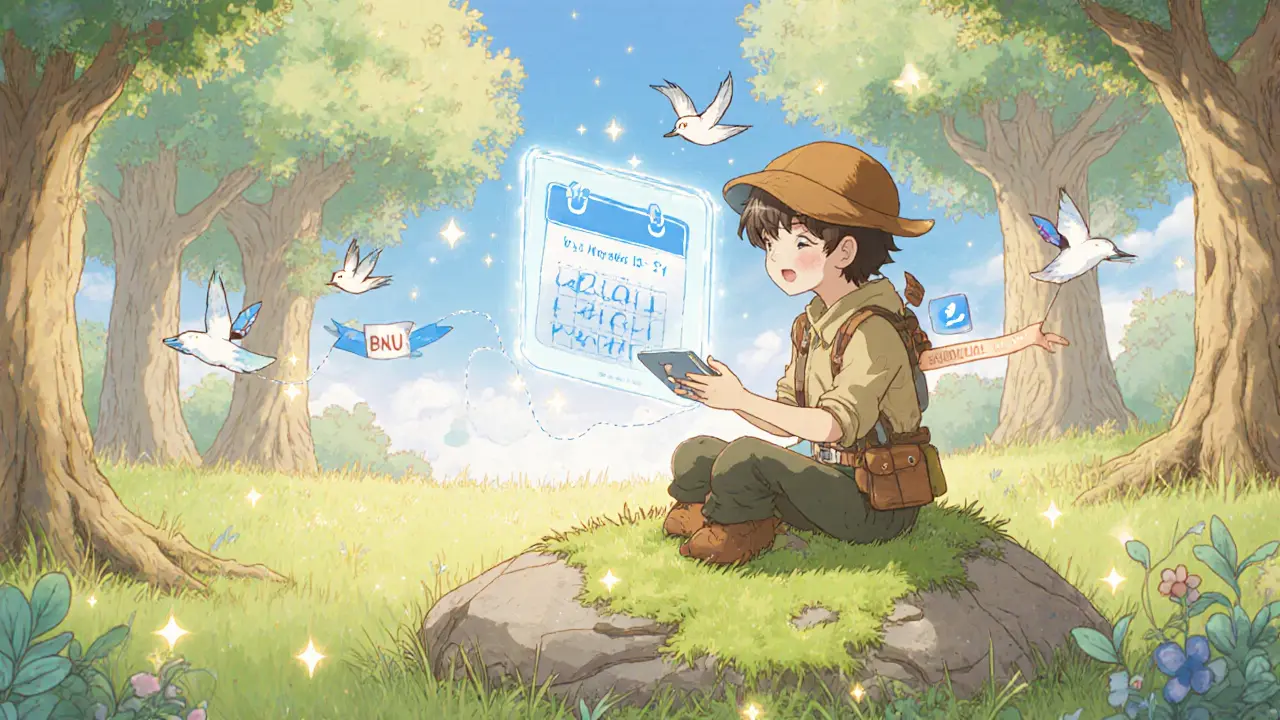
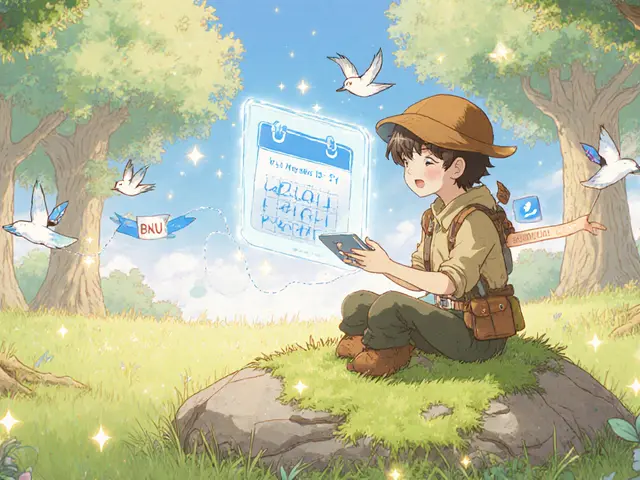
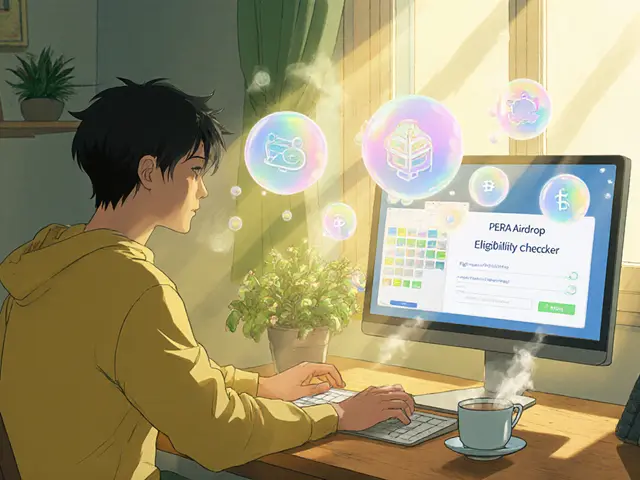
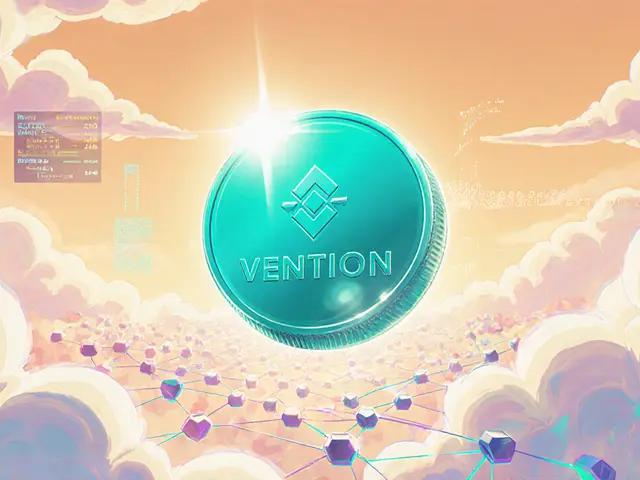
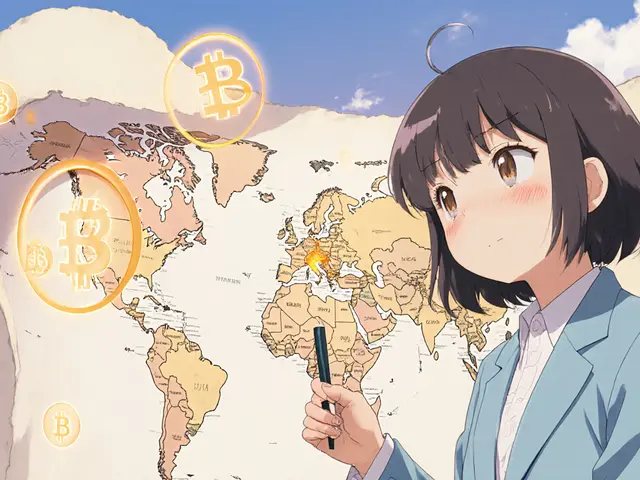

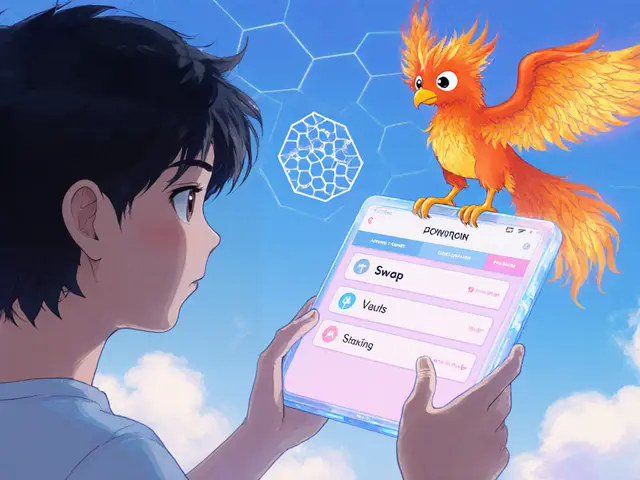
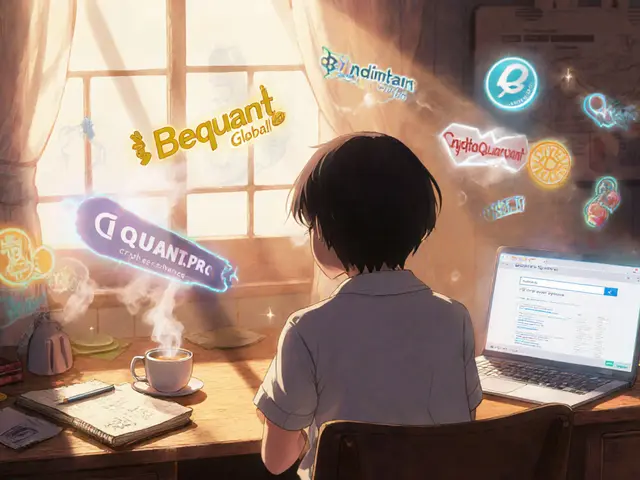

Write a comment
Your email address will be restricted to us